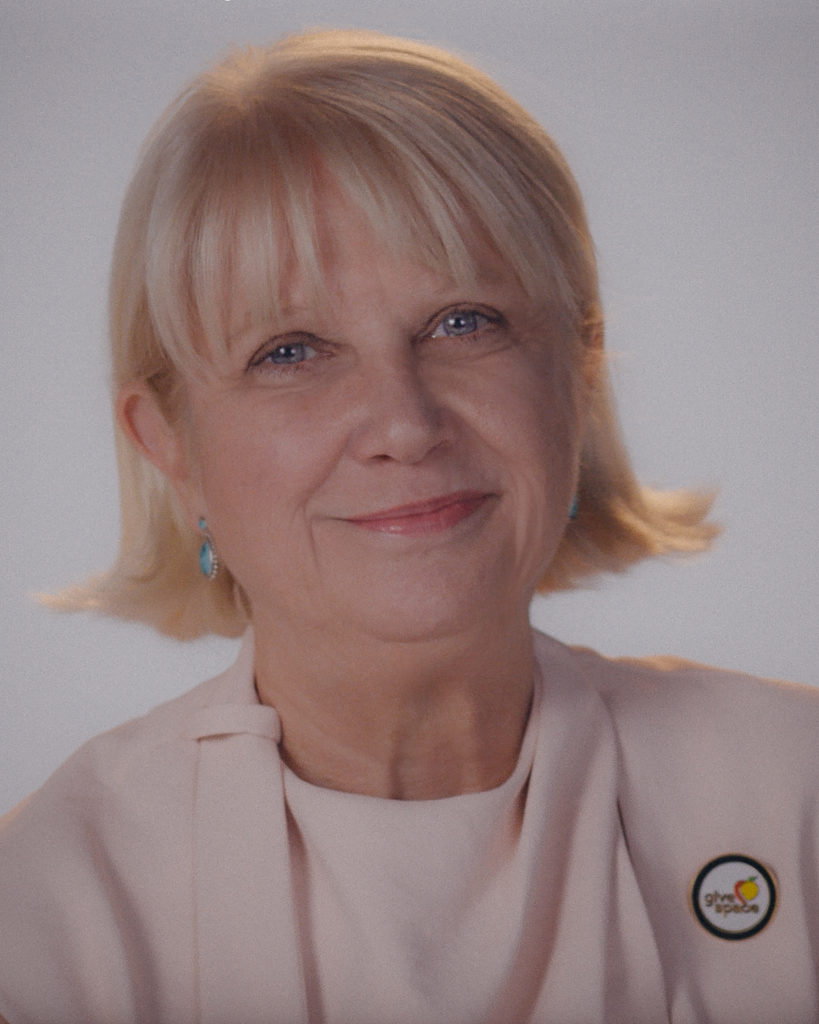
We are living in a once-in-a-lifetime period in history in which we are targeted by a virus that takes no prisoners. It wants to destroy all in its path especially the elderly and those who work in direct contact with this vulnerable population. While long-term care facilities are accustomed to following federal, state and local guidelines and procedures to protect their residents from bacteria and viruses, COVID-19 is so highly virulent that it requires additional action.
Next to maintaining adequate supplies of protective gear and coronavirus tests, social distancing is the most powerful tool we have in the arsenal against the virus. As restrictions ease and family and friends return to visiting their loved ones, communicating the need for social distancing will be a critical factor for preserving healthy environments in long term care facilities.
I founded a movement called give space long before COVID-19 to encourage social distancing. The idea was borne from an experience I had with my own mother, who was a cancer survivor. Her treatments left her immunocompromised. Doctors warned her to refrain from having direct contact with friends and family but she felt uncomfortable and awkward when trying to express her need for personal space. She would go to church or to play cards with friends and they would greet her with a kiss and give her a goodbye hug. While such demonstrations of affection were well-intentioned, she kept getting sicker and sicker. In talking with other patients and their families, I learned that we were suffering from shared anxiety about how unsolicited touch can lead to germ transmission.
I had to do something. My experience as a public health specialist set the stage for developing what became the give space program. After creating various logo designs and messaging, we focus group tested them among patients and providers. They offered their input as to how best to present give space in terms of signage and where those signs should be including all common areas, residents’ rooms, gift shops, cafeterias, etc. We even developed a line of merchandise bearing the give space logo, which is a peach symbol, along with kind messaging so one only has to point to it to communicate their needs to others.
While give space was originally intended to help those with breast cancer, autoimmune diseases, developmental disorders, physical disabilities, etc., the advent of COVID-19 has made the concept of social distancing universally accepted and part of our “new normal.” We are now assisting organizations including long-term care facilities on how best to promote the social distancing message among staff, residents and visitors.
In addition to signage, organizations can license give space to create their own line of merchandise. Some hospitals and long-term care facilities are creating their own medical recovery vests that feature both the give space logo and their own.
Carol Winner, MPH, MSE, is a public health specialist who has worked alongside the Centers for Disease Control and Prevention and the National Institutes of Health for more than 30 years. She has been consulting with senior living facilities to develop programs underscoring the need for social distancing. In addition to licensing and selling her own line of “give space” merchandise, Winner wrote a book called, “What Do I Do With My Hugs?” that helps explain the need for personal space to children. Visit www.givespacepeach.com for more information.



